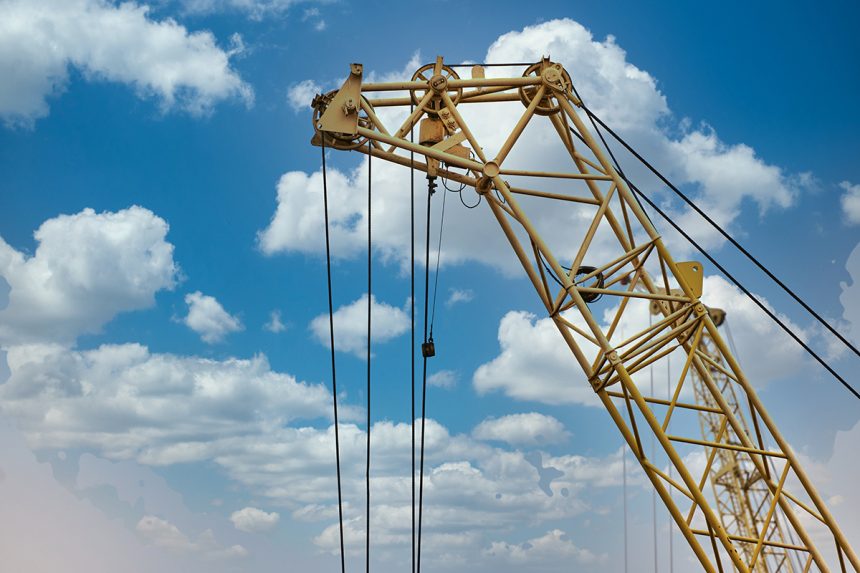The construction industry has entered a new era with the arrival of the SGC-250, more widely recognized as “Big Carl.” Developed by the Belgian company Sarens, this colossal crane now holds the title of the world’s largest land-based lifting machine, exceeding conventional cranes in both scale and efficiency.
At its maximum height, Big Carl reaches a staggering 250 meters (820 feet), putting it on par with some of the tallest structures in the world. Equally impressive is its lifting capacity—an astonishing 5,000 tonnes, roughly the weight of 1,000 average cars. This engineering marvel operates through 12 advanced engines that work in harmony to ensure unparalleled power and precision.
What makes Big Carl truly remarkable isn’t just its immense size but also its adaptability. It features full 360-degree rotation and an extended reach of 100 meters (330 feet). Mounted on a specialized track system with wheels, this design allows limited mobility across job sites despite its enormous frame, offering exceptional flexibility in heavy-lifting operations.
However, Big Carl isn’t meant for ordinary construction projects. Its real strength lies in handling massive pre-assembled components, making it indispensable for specialized industries. A defining moment in its career came in 2022 at the Hinkley Point C nuclear power plant in the UK. There, the crane successfully hoisted a 304-tonne steel liner ring into place, showcasing its crucial role in large-scale infrastructure development.
The rise of modular construction has significantly influenced the demand for super-cranes like Big Carl. Instead of assembling structures piece by piece on-site, many projects now incorporate massive pre-fabricated sections built in controlled environments. Transporting and positioning these colossal components requires cranes with extreme lifting capacities—precisely the challenge that Big Carl was designed to tackle. Sarens engineered this behemoth with the future of construction in mind, aligning with the industry’s shift toward efficiency and scale.
Despite its dominance on land, Big Carl is not the largest crane in existence. That title belongs to Sleipnir, a semi-submersible crane vessel from the Netherlands. Equipped with twin cranes that can lift 10,000 tonnes each, Sleipnir is primarily used for offshore energy projects, including oil and gas installations.
Even so, Big Carl stands as a testament to human ingenuity and engineering brilliance. As the most powerful land-based crane, it plays a crucial role in advancing modern construction techniques, particularly in modular and large-scale projects. Whether assembling nuclear reactors or positioning vast structural components, Big Carl continues to redefine the limits of heavy lifting, solidifying its legacy in the evolution of construction technology.





